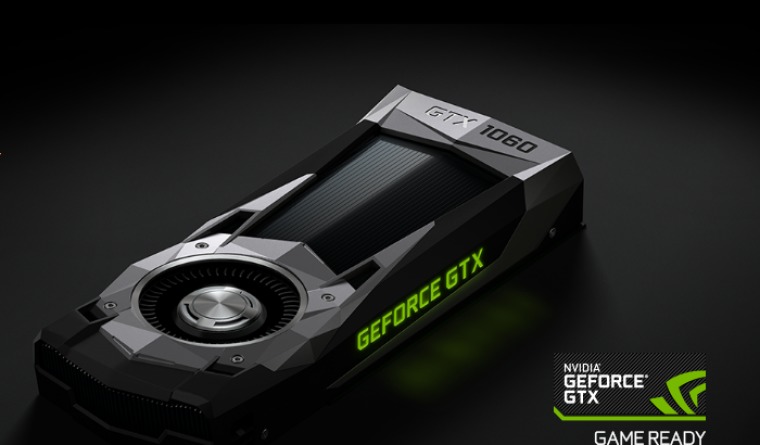

Nvidia has been rolling out its graphics processing units 'GeForce GTX 10 series' this year, introducing GTX 1080, 1070, 1060 and Titan X, which are the successors of the GeForce 900 Series. These GPUs are based on the Pascal micro-architecture and integrated with TSMC's 16 nm FinFET technology.
Nvidia's mid-range contender, GTX 1060, is the GPU by which Nvidia seems to be currently engaging in an effort to realign the whole graphics industry. Nvidia launched Titan X at $1,200 while the GTX 1080 at $600, however, the 1060 is priced at a $249 board.
In terms of size, GeForce GTX 1060 is a bit smaller and compact than its previous versions. Some of its others specifications of these cards include 8Gbps memory clock, 192-bit memory bus width, 120W TDP and 4.4b transistors.
The GeForce GTX 1060 does not support SLI. The company says that it is not applicable for mid-range cards, and it is strong on producing the best single GPU card. At present, there is just a 6 GB variant, but other models of lower VRAM might be available in the future.
In comparison with GeForce GTX 1080 and 1070, the GeForce GTX 1060 backs Ansel for in-game screenshots, and also instantaneous multi-projections, which the other two lack in. The 1060 card is more about the potential for alterations because of its features like high-quality custom cooling and additional software tools than the modest bump.
As per most of the reports, the 1060 card is typically good for about 2.1GHz max Boost clock or an overclock of roughly 15 percent.
After many tests, the 1060 card, performance on 1,440p resolution makes it a win-win card giving smooth frame rates and good response rates to inputs. However, the GTX 1080's zooms right into the dense troop formations, which reveals performance limitations.
Ultimately it was found that the GeForce GTX 1060 cards works better than 1080 on visuals at 2,560 by 1,440p.